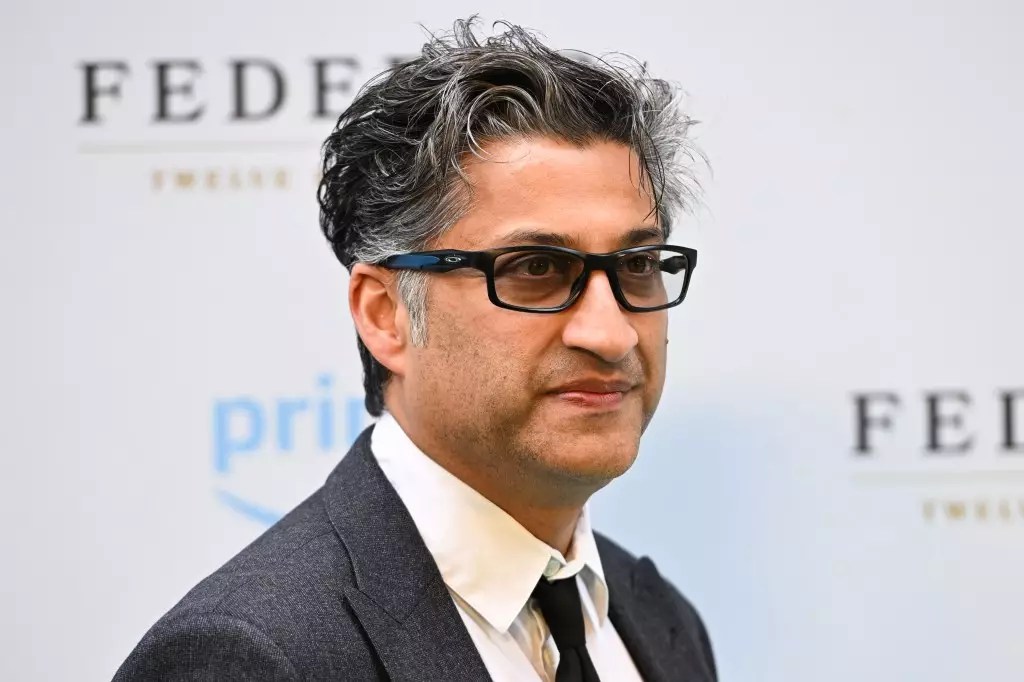British director Asif Kapadia is renowned for his compelling documentaries, including the Oscar-winning “Amy” and captivating works like “Senna” and “Diego Maradona.” However, behind the accolades and successes lies a disconcerting experience that profoundly affected him: a decade spent on a U.S. government watch list. Kapadia’s ordeal reveals not only the personal ramifications of overzealous security measures but also underscores the broader implications of racial profiling and surveillance within modern society.
The origins of Kapadia’s watch list saga trace back to a seemingly inconsequential moment in the early 2000s. While returning from New York, the filmmaker was detained after a taxi driver reported him for taking pictures of the urban landscape. This mundane activity spiraled into a serious incident, with Homeland Security officials accosting him publicly at the airport. The episode marked the start of a protracted struggle with suspicion and unwarranted scrutiny. The narrative encapsulates a deep inconsistency in nationality perception and the inherent biases that prompt such heightened scrutiny, especially towards individuals of color.
The Everyday Reality of Surveillance
Kapadia’s sentiments echo those of countless individuals who navigate life under the specter of surveillance. The public nature of his detainment—being questioned and searched in front of bewildered airport patrons—amplified his feelings of paranoia. What once might have been seen as an inconvenience transformed into a persistent anxiety that hampered his ability to work and travel freely. “Being watched and paranoid” evolved into a normalized state, demonstrating how pervasive surveillance systems can distort personal realities and alter behavior.
Interestingly, the filmmaker’s experience reflects broader societal concerns tied to surveillance, especially in a post-9/11 world. Kapadia employed measures like obtaining letters from Universal Studios simply to prove his purpose for entering the U.S., yet even those formalities failed to eliminate the scrutiny. This disconnect raises questions about the efficacy of watch lists in ensuring national safety, as they often cast a wide net based on vague criteria, potentially endangering artistic expression and freedom of movement.
A New Vision: 2073
Despite the trials he faced, Kapadia channeled his experiences into his latest project, “2073.” This ambitious sci-fi narrative delves into themes of surveillance, governance, and climate change, set in a fractured future where societal structures have collapsed. By blending archival footage and imaginative storytelling, he aims to reflect the pressing issues of contemporary life, including the rise of demagogues and the omnipresence of technology in daily life.
The film, debuting in U.S. cinemas on December 27 before making its way to the UK, serves both as a creative outlet and a commentary on societal conditions that Kapadia believes are spiraling out of control. His journey as a filmmaker juxtaposed with the harsh realities of his encounters with authority suggests a potent narrative that transcends individual experience, challenging audiences to confront their own relationship with surveillance and power.
Kapadia’s story reminds us that beneath the glamour of filmmaking lies an intricate web of social and political challenges, pushing us to question the very systems designed to protect us and the costs they incur on artistic freedoms and human dignity.


Leave a Reply